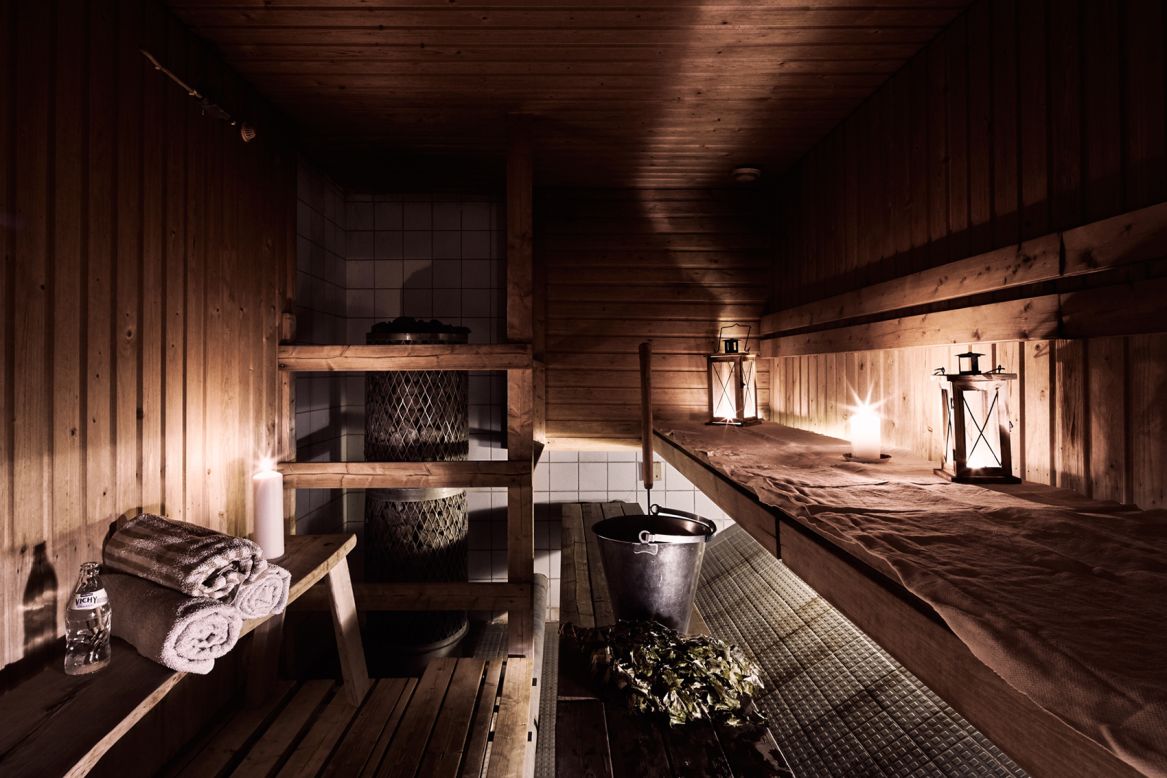Our Traditional Sauna PDFs
Table of ContentsThe 25-Second Trick For Traditional Sauna7 Simple Techniques For Traditional SaunaSome Known Details About Traditional Sauna Traditional Sauna - An OverviewThe Best Strategy To Use For Traditional Sauna
The majority of the weight lost in a sauna is water loss and is re-gained upon rehydrating. Nonetheless, undeniably sauna can be an integral part of a healthy weight management program. To consider the differences in between typical and IR saunas, I will divide these into proven, academic, and made differences.Therefore, the most popular point in the saunawhich is at the ceiling directly over the sauna heateris usually between 185 and 190 F. Claims that a conventional sauna surpasses 200 F is merely not real and not appropriate for electric saunas sold in the United States. The temperature level for a far-infrared sauna is typically set between 120 and 140 F; nevertheless, unlike the typical sauna, the goal in and IR area is not to attain a high temperature.
Due to this, the temperature distinction is virtually unnecessary, given that extreme sweating causes both sauna kinds, however the method of heating up the body is various. In an IR sauna the bather will feel hot and will sweat profusely, but at much reduced temperature levels (Traditional Sauna). Therefore, if the objective is to invest longer amount of times in the sauna, the IR sauna is an excellent choice
When a typical sauna has actually been properly heated up, the sauna wall surfaces are cozy, the air temperature level has actually achieved established temperature and the rocks are incredibly warmed. As an intriguing side note, the warmed wall surfaces and the rocks are sending out far-infrared warm, combined with the warmed air, to create an "wrapping up warm".
Unknown Facts About Traditional Sauna

When the high temperature is attained, the components cycle on and off to preserve the heat. Most typical sauna customers appreciate putting water over the rocks to develop heavy steam to elevate sauna moisture levels. The benefits of pouring water over the rocks include: making the space a lot more comfortable, dampening the nasal passages, and allowing the usage of aromatherapy by mixing essential oils with the water.

When the energy gets in the body, it creates the body temperature to enhance and ultimately leads to sweat. In an infrared sauna it is necessary for the emitters/heaters to continue to be on almost frequently. Considering that there is no mass of rocks to preserve heat, the sauna will certainly cool if the emitters shut down.
As discussed over, the sauna bather in an infrared space intends to position himself in front of operating emitters to get optimal gain from the warmth. The home heating time for both spaces can be very various, depending upon exactly how the spaces are made use of. For a typical sauna, a bather should allow 30-40 mins for the room to attain a wanted temperature level and to properly pre-heat the rocks.
The smart Trick of Traditional Sauna That Nobody is Discussing
A well built sauna will usually achieve a temperature level of 150-160 F in about 30-40 minutes. For hotter temperatures, the area might require to warmth for a longer period. As soon as the space achieves set temperature, the heating system will cycle on and off, normally running regarding 50% of the time. The insulated walls and the warmed rocks will keep the area warm and at stable temperature levels.

Typical saunas tend to be bigger (thus use even more electrical power) than infrared saunas, although typical saunas are definitely available in one and two person dimensions also. For a two-person conventional sauna, 5x6 or 5x7 size is most prominent. The top bench can easily seat two or 3 people and is additionally enough time to lie down throughout the sauna session.
The Ultimate Guide To Traditional Sauna
The typical cost per kWH of power in the U.S. is about $0.11, so a 4.5 kW heater will certainly cost about $.50 to run for one hour, if the heating system runs continually for one hour. Commonly a sauna heating unit will certainly run for 75% of the very first hour and 50% of subsequent hours on given that the aspects cycle once the established temperature is attained.

There is a rarely reviewed distinction in the social experience between the two rooms. While our society has shed several of the social benefit of the typical sauna experience, it can be extremely socially rewarding (Traditional Sauna). From household time in the sauna, to heart-felt More Bonuses discussions with better halves, to sauna partiesthe traditional sauna experience can bring about intimate interacting socially
The 7-Second Trick For Traditional Sauna
Many higher end infrared areas include tinted light treatment, sound systems and full-glass fronts.